I wrote about the new business class seat that American would select five years ago, and suggested in March 2021 that it was looking like the one they were choosing. It was announced in September 2022.
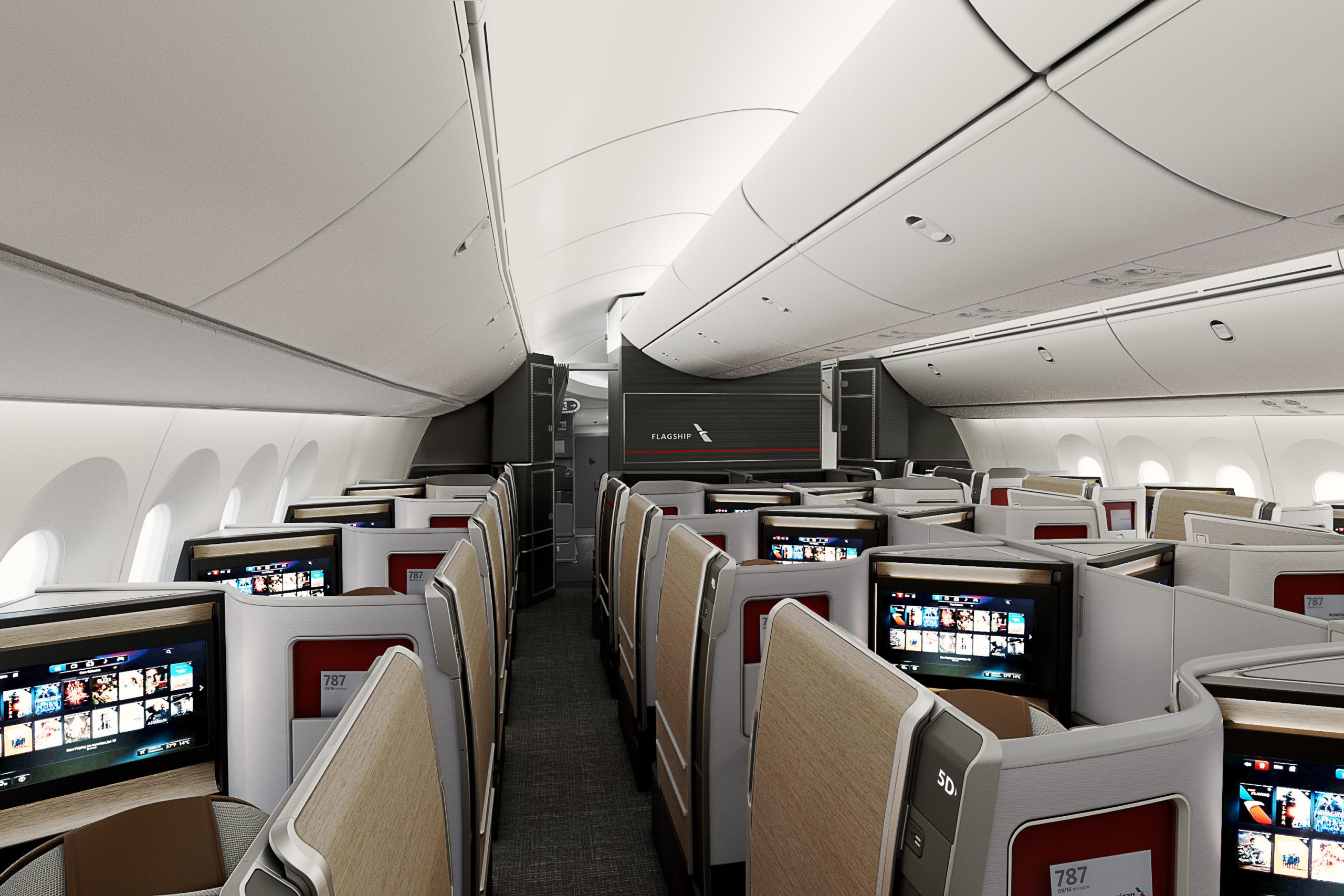
Credit: American Airlines
When American announced new service to Brisbane a year ago, in response to massive subsidies from the Queensland government, that was supposed to commence with a brand new Boeing 787-9 with these new seats. That didn’t happen.
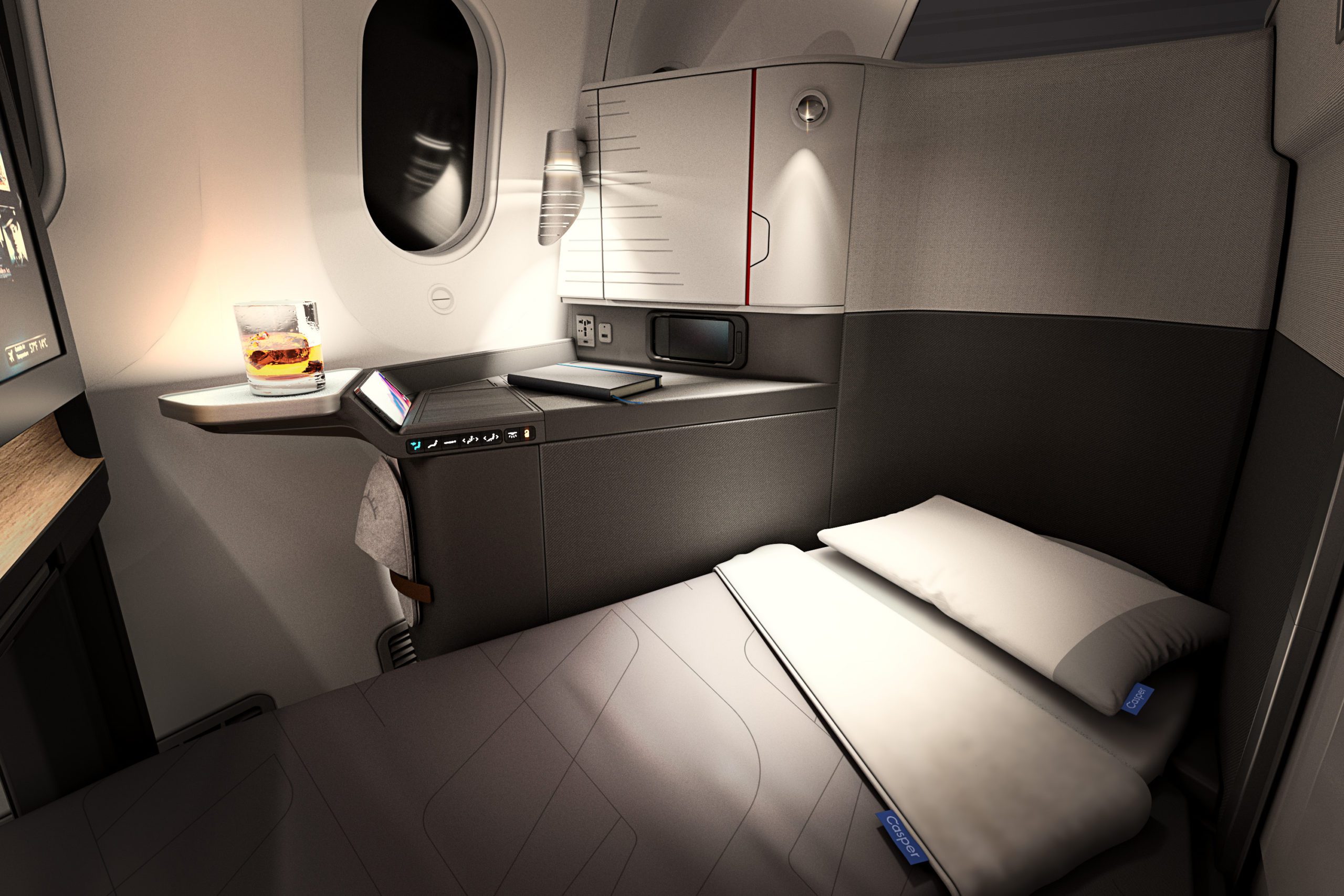
Credit: American Airlines
Boeing has had production issues, and deliveries of their Boeing 787-9s to American have been delayed. But American couldn’t have flown these planes even if Boeing could have delivered them. That’s because the business class suites hadn’t been signed off on by the FAA, on something of a technicality.
- To accommodate passengers with disabilities, regulations require that a portion of seats in the cabin have a movable armrest that “moves or folds out of the way” while the seat is upright, so that a passenger can be transferred from an aisle wheelchair into the seat.
- Like many similar business class seats, the armrests don’t fold up and out of the way. Instead, the armrests lower to the same level as the seat. They are able to support 500 pounds of weight. There’s no problem moving passengers across from the aisle into the seat.
These seats accomplish the objective of the rule, but do it in a different fashion, as many seats on various airlines have done for many years. However, American had to request an exemption from the specific rule on the basis of an “equivalent alternative determination.” And after several months, the FAA has finally granted that request.
- This request has been granted only for American’s Boeing 787-9s and their 777-300ERs.
- So far, the airline has not announced plans to put the seat into anything other than the new delivery -9s (leaving older seats in place on existing aircraft) and the 777-300ERs they’re going to retrofit and remove first class from.
- However, if American should desire to put the seat into Boeing 787-8s or Boeing 777-200s, they’re going to have to go back to the Department of Transportation for separate prior approval.
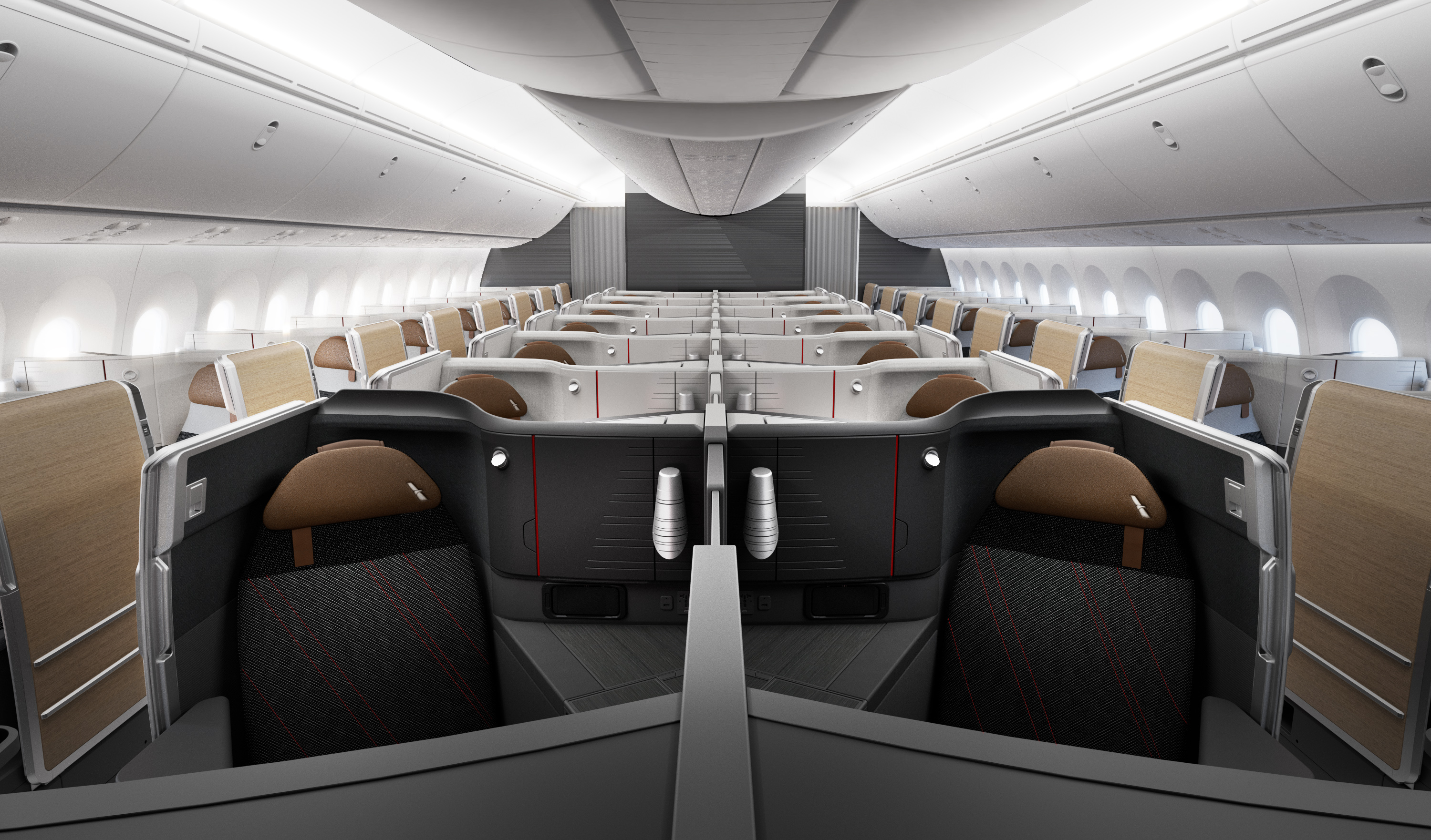
Credit: American Airlines
In addition, the airline has to provide “specialized training to their employees and contractors, as well as the employees and contractors of any other entity that will be transferring persons with a mobility impairment to or from the seats” on how to move the armrests, where the seat controls are, and how to move the passenger from the aisle into the seat. This training must be refreshed annually, with training records maintained and all complaints forwarded to the agency.
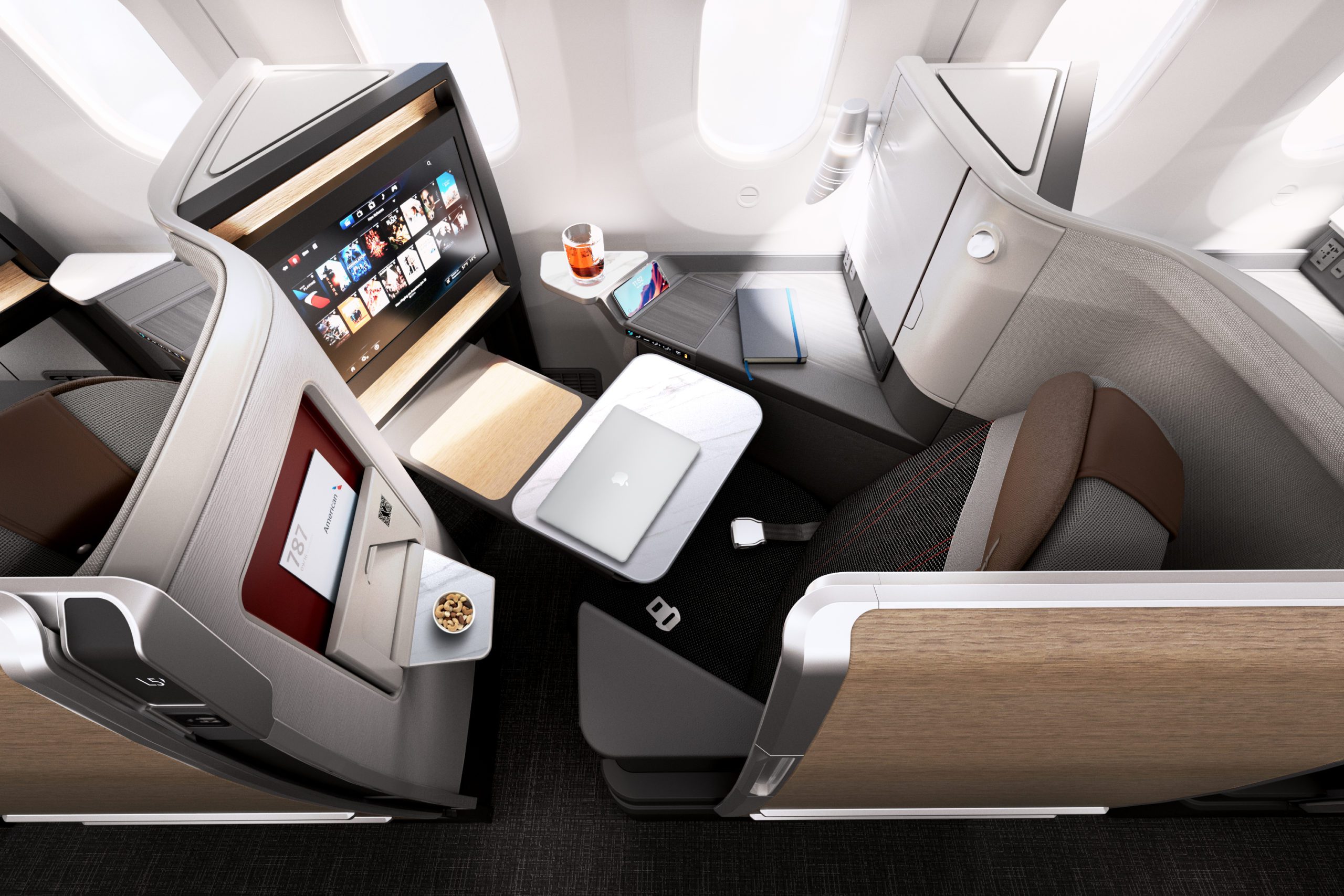
Credit: American Airlines
This isn’t the first bureaucratic hurdle American Airlines faced with these new seats. Although airlines put doors on business class seats all the time, there’s actually a rule forbidding doors inside the passenger cabin. You don’t want passengers to have to walk through doors going from coach to premium economy or business class when they’re trying to evacuate in an emergency.
Of course, these doors aren’t those doors and so exemptions are regularly granted. American requested theirs in September 2022.
About a month later the FAA informed them that their request would not be considered because the letterhead used for their electronic submission did not include the airline’s headquarters address at 1 Skyview Dr, Fort Worth, Texas or (optional) fax number, as required by 14 CFR § 11.81.
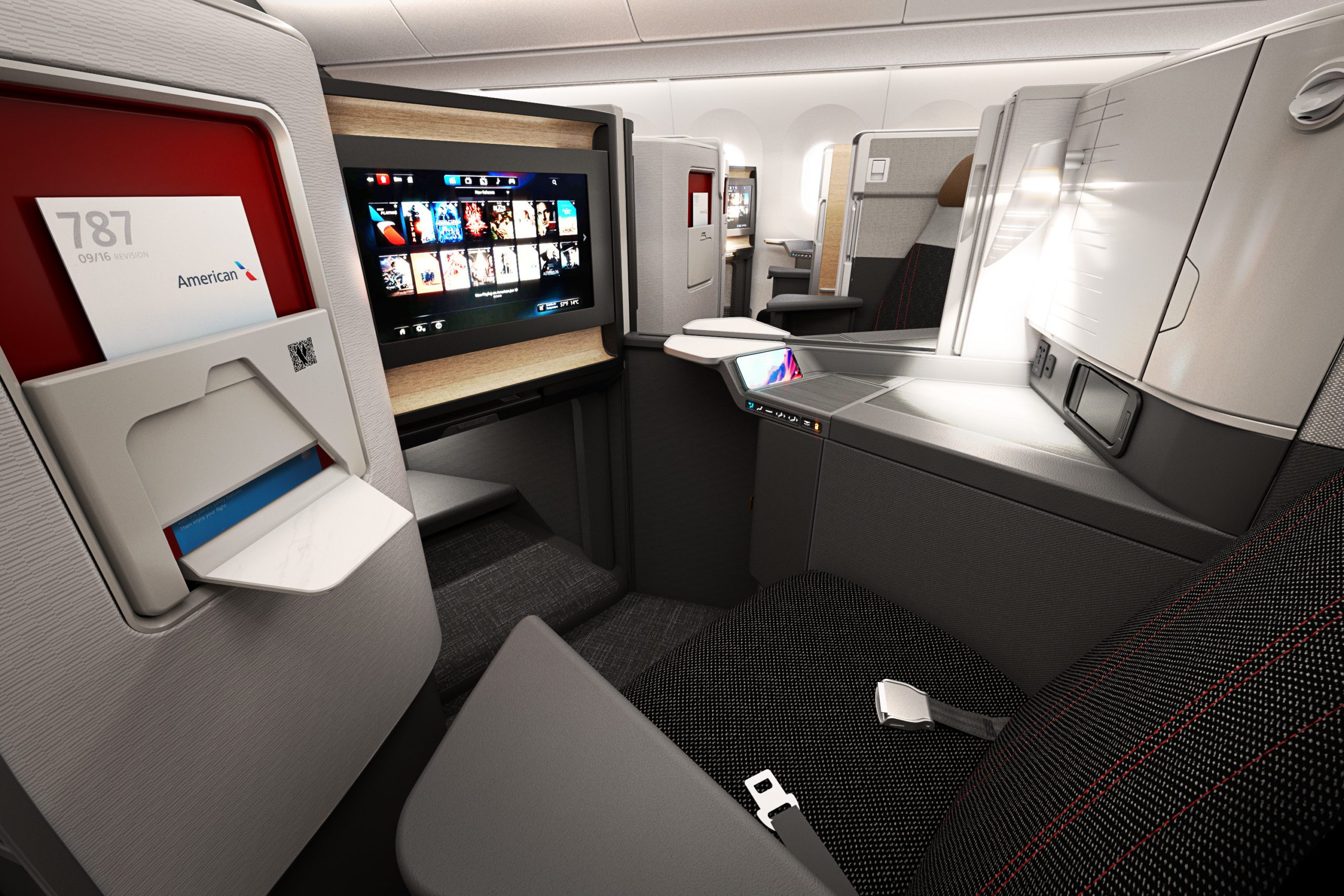
The FAA knows where American Airlines is located, of course. There is literally an American Airlines certificate management office of the FAA. And, ironically, the FAA was able to reply by letter to American Airlines to deny consideration of the request. Ironically, the FAA’s letter failed to include a date on it.
Last year, of course, United Airlines was forced to ground a fleet of planes because the no smoking signs did not turn off, even though that’s how modern no smoking signs are designed since smoking is never allowed on board.
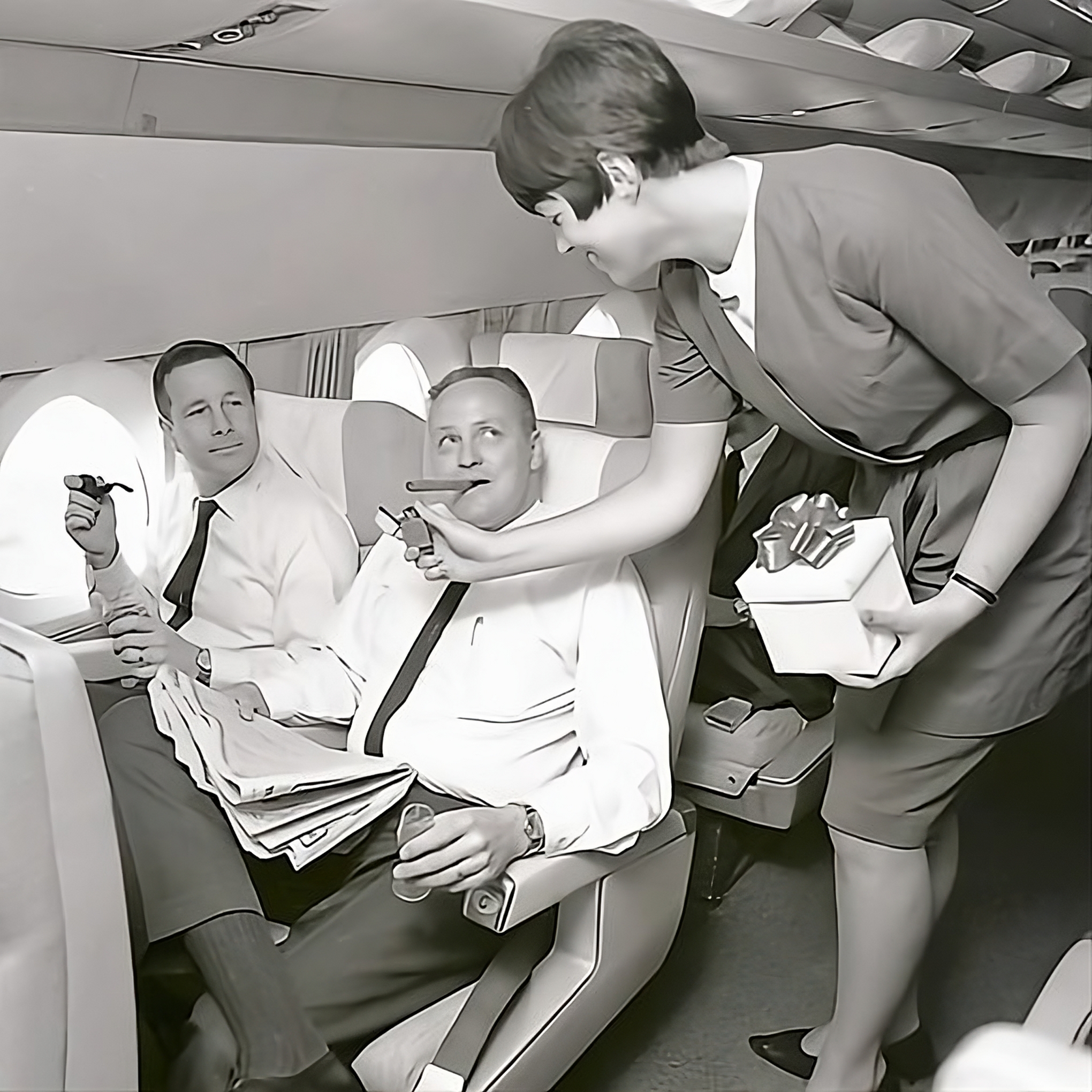
An old regulation, from back when smoking was permitted, required crew to be able to turn them on and off. United forgot to ask for an exemption, and flights had to be cancelled since they couldn’t fly those planes until they got one.
Forgive me if I have some skepticism that every one of the more than 57,000 employees of the Department of Transportation (of which 45,000 are employed at the FAA) is engaged in critical safety work, when certain probationary employees of the agency are let go.
(HT: Paxex Aero)
